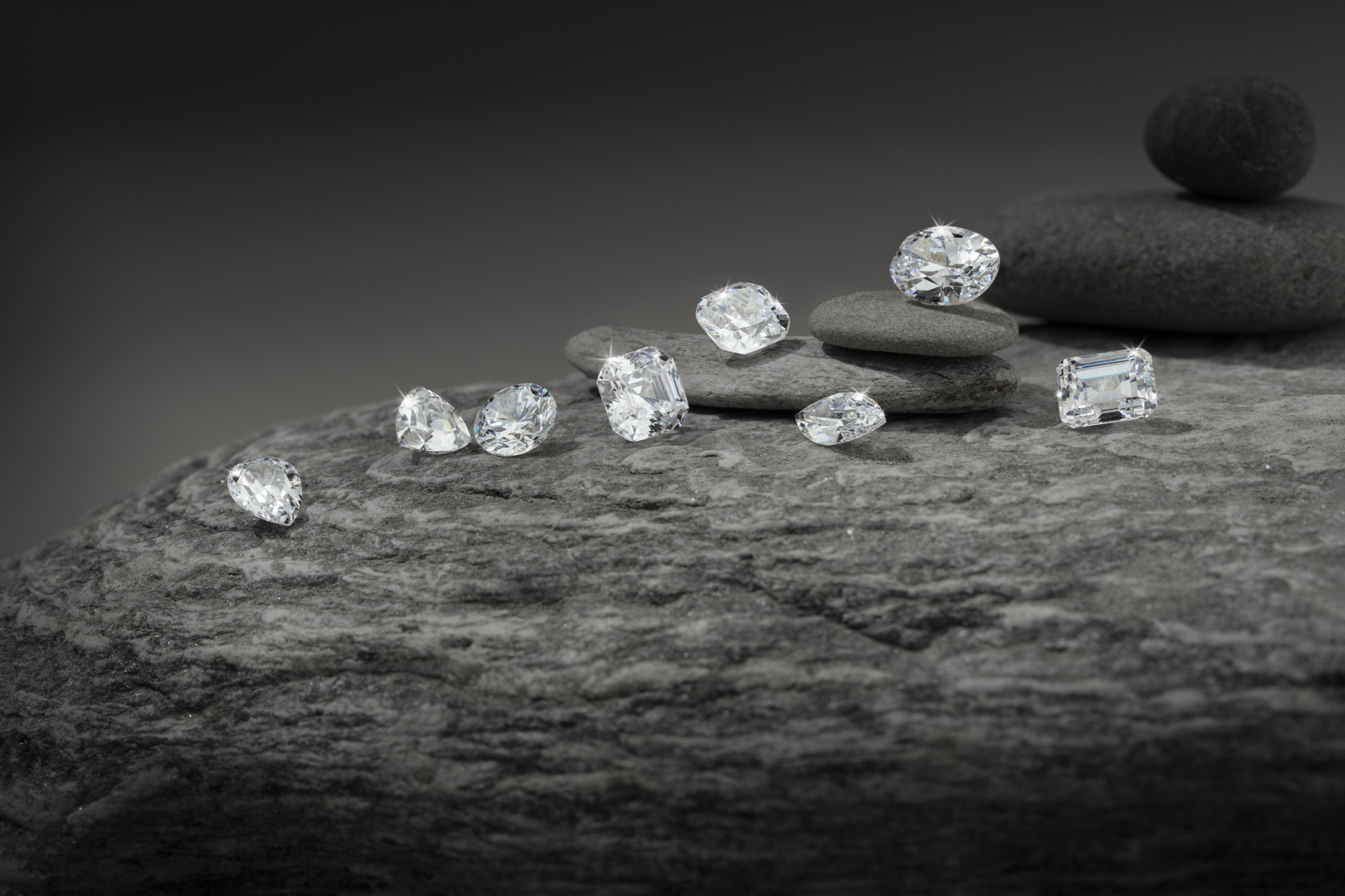
Diamonds have consistently caught the human imagination with their brightness, hardness, and immortal allure. As of late, however, the ascent of lab-grown diamonds has introduced another dimension to the traditional diamond market. This article provides an in-depth comparison between diamantes de mineria o diamntes de laboratorio, exploring their origins, attributes, and the implications of every choice for consumers today.
The World of Mined Diamonds
Mined diamonds have a storied history that goes back billions of years. Formed deep inside the World’s mantle under outrageous strain and temperature conditions, these normal gemstones are valued for their unique case and special attributes.
Formation and Normal Excellence
Normal diamonds are made from carbon atoms organized in a gem grid structure. This construction gives them unrivaled hardness, spreading the word about them the hardest normal material for man. The normal formation process brings about diamonds with remarkable inclusions and imperfections, adding to their singular person and appeal.
Worth and Shortage
The worth of mined diamonds is impacted by their shortage and the broad process expected to remove them from the Earth. The uncommonness of regular diamonds has traditionally determined their high market cost. This shortage, coupled with strong advertising and marking, contributes to their high worth.
Moral and Environmental Concerns
The mining of regular diamonds raises a few moral and environmental issues:
Environmental Effect: Traditional diamond mining can cause critical environmental harm, including natural surroundings destruction and soil erosion.
Conflict Diamonds: Also known as “blood diamonds,” these are mined in disaster areas and sold to fund furnished conflict. Efforts like the Kimberley Process intend to diminish this issue, yet concerns continue.
The Development of Lab Diamonds
Lab diamonds are a new innovation, made utilizing trend setting innovation to repeat the conditions under which regular diamonds form. This modern approach offers an option in contrast to mined diamonds, with particular benefits and considerations.
Production Methods
Lab-grown diamonds are produced utilizing two essential procedures:
High Strain High Temperature (HPHT): This method mimics the regular diamond-forming environment, applying high tension and temperature to carbon to make diamonds.
Synthetic Vapor Deposition (CVD): This procedure involves setting a diamond seed in a chamber and utilizing a carbon-rich gas to deposit layers of carbon, forming a diamond precious stone.
Both methods bring about diamonds that are artificially and actually identical to mined diamonds.
Quality and Attributes
Lab-grown diamonds share similar actual properties as regular diamonds, including hardness and brightness. They are available in a scope of colors and lucidities, often with less inclusions and imperfections than normal stones.
Cost and Openness
One of the most huge benefits of lab-grown diamonds is their affordability. The controlled production environment and lower cost of production mean lower costs for consumers, making it possible to buy bigger or more excellent diamonds for a fraction of the cost of normal ones.
Moral and Environmental Benefits
Lab-grown diamonds offer a few advantages regarding morals and environmental effect:
Moral Sourcing: Lab-grown diamonds are innately without conflict, disposing of concerns about the moral sourcing of gemstones.
Diminished Environmental Effect: The production of lab-grown diamonds requires less land disruption and less environmental resources compared to traditional mining.
Comparing Mined and Lab-Grown Diamonds
While deciding among mined and lab-grown diamonds, it’s important to consider various factors to determine which best suits your necessities and values.
Worth and Speculation
Mined Diamonds: Often considered more important because of their unique case and the broad process involved in their extraction. They can also act as a speculation, with the potential to hold or value in esteem over time.
Lab-Grown Diamonds: By and large more affordable and offer brilliant incentive for money. While they may not hold their worth as well as mined diamonds, their lower introductory cost goes with them a viable decision for some purchasers.
Tasteful Allure
Mined Diamonds: Each stone is interesting, with regular variations and inclusions that can add character and independence.
Lab-Grown Diamonds: Commonly have less inclusions and can be more consistent in appearance because of the controlled production environment.
Moral Considerations
Mined Diamonds: Moral concerns connected with mining practices and conflict diamonds persevere, despite efforts to resolve these issues through industry drives.
Lab-Grown Diamonds: Offer a more straightforward and moral option, with less environmental and social concerns.
Going with the Best Decision
Choosing among mined and lab-grown diamonds involves assessing personal inclinations, values, and financial plan. Here are some considerations to assist with directing your decision:
Assess Your Priorities
Consider what perspectives are most important to you — whether it’s the traditional allure and uncommonness of a mined diamond or the moral and environmental advantages of a lab-grown diamond.
Understand the Qualities
Find out about the elements and characteristics of both sorts of diamonds. Understanding these qualities will assist you with settling on an informed decision that lines up with your inclinations.
Consult a Confided in Gem dealer
Look for guidance from a trustworthy gem dealer who can provide bits of knowledge and assist you with choosing a diamond that addresses your issues. They can offer significant information on the quality, esteem, and moral considerations of both mined and lab-grown diamonds.
Conclusion
The choice among mined and lab-grown diamonds offers extraordinary opportunities for consumers to track down the ideal gemstone that addresses their issues and values. Mined diamonds, with their regular formation and historical importance, have long been symbols of extravagance and polish. In contrast, lab-grown diamonds present a modern, moral, and cost-powerful other option, with a focus on environmental responsibility and straightforwardness.
Whether you choose the exemplary charm of a mined diamond or the innovative allure of a lab-grown jewel, both options provide exceptional magnificence and worth. By considering your priorities and understanding the distinctions between these two sorts of diamonds, you can settle on a decision that mirrors your personal inclinations and values.



